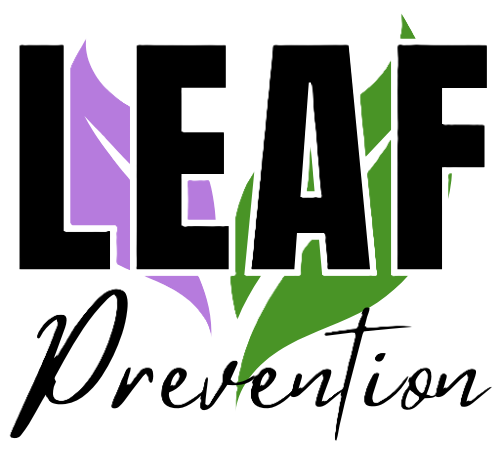

Blog Posts
Opioids are highly addictive drugs that can easily lead to dependence, addiction, and overdose. What can you do if you witness someone whom you suspect is overdosing? Read on for more information.
Legal opioids include prescription pain medications, such as oxycodone, hydrocodone, and morphine. Illegal opioids include heroin and any opioids that are taken outside of a doctor’s supervision.
The use of both legal and illegal opioids restructures the brain to crave more of the drug. As a person uses more, the risk of overdose increases.
Opioids that are purchased illegally come with the added possibility of contamination—meaning that their potency is unregulated, and it may be harder to predict how much is too much.
Drugs bought illegally may also contain unknown substances, including fentanyl, which is one of the most powerful opioids available.
For this reason, it’s important to be aware of the signs of an overdose. When someone is overdosing on opioids, every second matters; you could save a life if you recognize the signs and act quickly.
New York State’s Department of Health reports that opioid overdoses most often occur when “opioids are mixed with alcohol or benzodiazepines,” although it can happen to anyone who takes too much of a substance.
Overdose is also more common among individuals who inject the opioids, as well as those with certain medical conditions.
Signs of a potential opioid overdose can include:
If left unattended, someone who is overdosing can experience hypoxia, a condition in which too little oxygen reaches the brain. Overdoses can result in seizures, coma, and death. It’s important to act quickly if you suspect someone might be overdosing.
Although a person who’s overdosed may appear improved after taking naloxone, it’s only a temporary relief—once the naloxone wears off, the person will experience the overdose effects again if they do not get medical attention. Additionally, the person may start to experience withdrawal, which can be aided by medical interventions.
LEAF has recently partnered with the Oneonta Narcan Initiative to support access to naloxone, a life-saving drug that reverses the effects of an opioid overdose.
If you have questions about opioids, contact a LEAF staff member at (607) 432-0090. We can provide a judgment-free zone and connect you with helpful resources.
Bouranova, Alene. October 26, 2023. “Everything You Need to Know about Narcan.” Boston University. https://www.bu.edu/articles/2023/everything-you-need-to-know-about-narcan/.
Centers for Disease Control and Prevention. n.d. “Lifesaving Naloxone.” Accessed March 21, 2024. https://www.cdc.gov/stopoverdose/naloxone/index.html.
“Facts About an Opioid Overdose.” November 2022. New York State Department of Health. https://www.health.ny.gov/diseases/aids/general/opioid_overdose_prevention/overdose_facts.htm.
“New York State’s 911 Good Samaritan Law Protects YOU.” April 2021. New York State Department of Health. https://www.health.ny.gov/diseases/aids/general/opioid_overdose_prevention/good_samaritan_law.htm#:~:text=The%20New%20York%20State%20911,if%20they%20witness%20someone%20overdosing.
Substance Abuse and Mental Health Services Administration. 2023. “SAMHSA Overdose Prevention and Response Toolkit.” Substance Abuse and Mental Health Services Administration (SAMHSA). https://store.samhsa.gov/sites/default/files/overdose-prevention-response-kit-pep23-03-00-001.pdf.